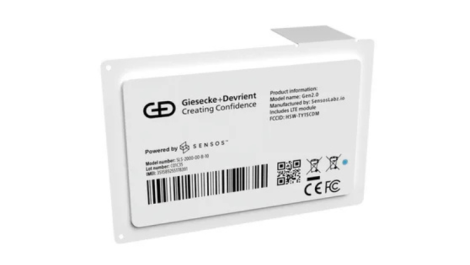Data from the new Smithers study The Future of Digital Printing to 2032 predicts that the digital printing market is set to be worth $230.5 billion by 2032, with packaging expected to be a particularly lucrative part of the market.
That $230.5 billion is up from an estimated $136.7 billion in 2022, the result of a CAGR of 5.7% to 2027 and then 5% between then and 2032. Throughout the period, Smithers’ expects extra revenues will flow from sales of inks, toners, new equipment sales, and post-purchase support services. Combined these will be worth $30.7 billion in 2022 and increase to $46.1 billion by 2032. Print volumes on digital will rise over the same period from 1.66 trillion A4 prints (2022) to 2.91 trillion (2032), equivalent to 4.7% CAGR.
The most lucrative markets for digital will be in packaging, commercial print, and book printing. In packaging the proliferation of digital with dedicated presses selling into corrugated and folding cartons, will be supplemented by greater use of narrow-web presses to print flexible packaging. This will be the fastest growing of all segments, more than quadrupling between 2022 and 2032. Growth will be slower in labels, a segment that has pioneered digital use, and consequently has achieved a degree of maturity.
Inkjet and electrophotography (toner) systems are continuing to redefine the market for publication, commercial, advertising, packaging and label print through to 2032. The experience of the Covid-19 pandemic has emphasised the advantage of the versatility of digital print to multiple segments, and its market continues to grow.
As analogue print continues to face down some fundamental challenges, the post-Covid landscape will actively favour digital, as run lengths decrease further, print ordering moves online, and customisation and personalisation become more common place.
Simultaneously digital print OEMs will reap the benefits from R&D that improves the print quality and versatility of their machines. Over the 10 year period Smithers forecasts that:
- The market for digital cut-sheet and web presses will blossom, via the addition of more in-line finishing and higher throughput machines – ultimately able to print more that 20 million A4 prints per month
- Colour gamuts will increase, with fifth or sixth colour stations offering print embellishment options, such as metallic print or spot varnishes, as standard
- Inkjet resolution will see a major improvement with the market poised to welcome 3000dpi printheads that can run at 300m/min by 2032
- Sustainability concerns will see aqueous solutions gradually replace solvent-based inks; with pigment-based formulations replacing dye-based inks, initially in graphics and packaging, accompanied by a fall in costs
- The sector will also benefit from wider availability of paper and board substrates optimised for digital production, new inks and surface coatings will allow inkjet to match the quality of offset with only a minor premium.
Such innovations will help inkjet further displace toner as the preferred digital platform. Toner presses will become more restricted in their core segments – commercial print, advertising, labels and photobooks – while seeing some growth in high-end folding cartons and flexible packaging. In the short term, the toner segment will be buoyed by the introduction of HP Indigo’s multi-engine LEPx technology, however.
Not all digital print segments will grow, with electrophotography having the worst forecast. This is not linked to any distinct problem with the technology itself, but rather reflects overall declines in use of transaction mail and advertising print, and only sluggish growth in newspapers, photobooks and security applications over the next decade.






